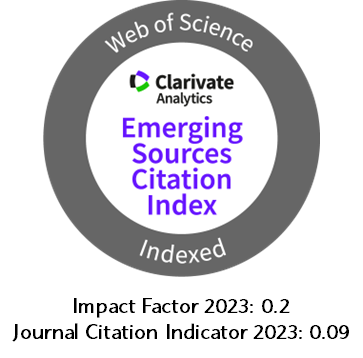Enhancing steganography using modified HHO and RC4
DOI:
https://doi.org/10.5377/nexo.v36i06.17468Keywords:
Security, Steganography, Swarm Inelegance, Harry Hawk Optimizer, RC4 AlgorithmAbstract
A lot of information is being sent around the globe these days, which increases the risk of knowledge leakage; as a result, it is crucial to preserve information security while exchanging data. Steganography and cryptography are the most essential methods, among many others, to guarantee the data's confidentiality. Encryption is making information unintelligible to anybody but the intended recipients. However, steganography is the study of hiding information in digital media so that nobody can detect it is there. This research introduces two methods for concealing and encrypting messages that improve the Stego image's visual quality and security while offering a sizable embedding capacity. A stream cipher method with a symmetric key, the RC4 algorithm, is utilized to encrypt and decode secret information. At the same time, a population-based metaheuristic, modified HHO, is employed to find the optimum spots in the cover medium to conceal encrypted sensitive data. Regarding security, picture quality, and attack resistance, the testing findings show that the proposed method excels over competing methods in terms of time and cost.
Downloads
389
Downloads
Published
How to Cite
Issue
Section
License

This work is licensed under a Creative Commons Attribution-NonCommercial-NoDerivatives 4.0 International License.
The authors who publish in Nexo Scientific Journal agree to the following terms:
- Authors retain the copyright and grant the journal the right of the first publication under the license Creative Commons Attribution License, which allows others to share the work with a recognition of the authorship of the work and the initial publication in Nexo Scientific Journal.
- Authors may separately establish additional agreements for the non-exclusive distribution of the version of the work published in the journal (for example, in an institutional repository or a book), with the recognition of the initial publication in Nexo Scientific Journal.
- Authors are allowed and encouraged to disseminate their works electronically (for example, in institutional repositories or in their own website) before and during the submission process, as it can lead to productive exchanges, as well as earlier and greater citation of published works.











